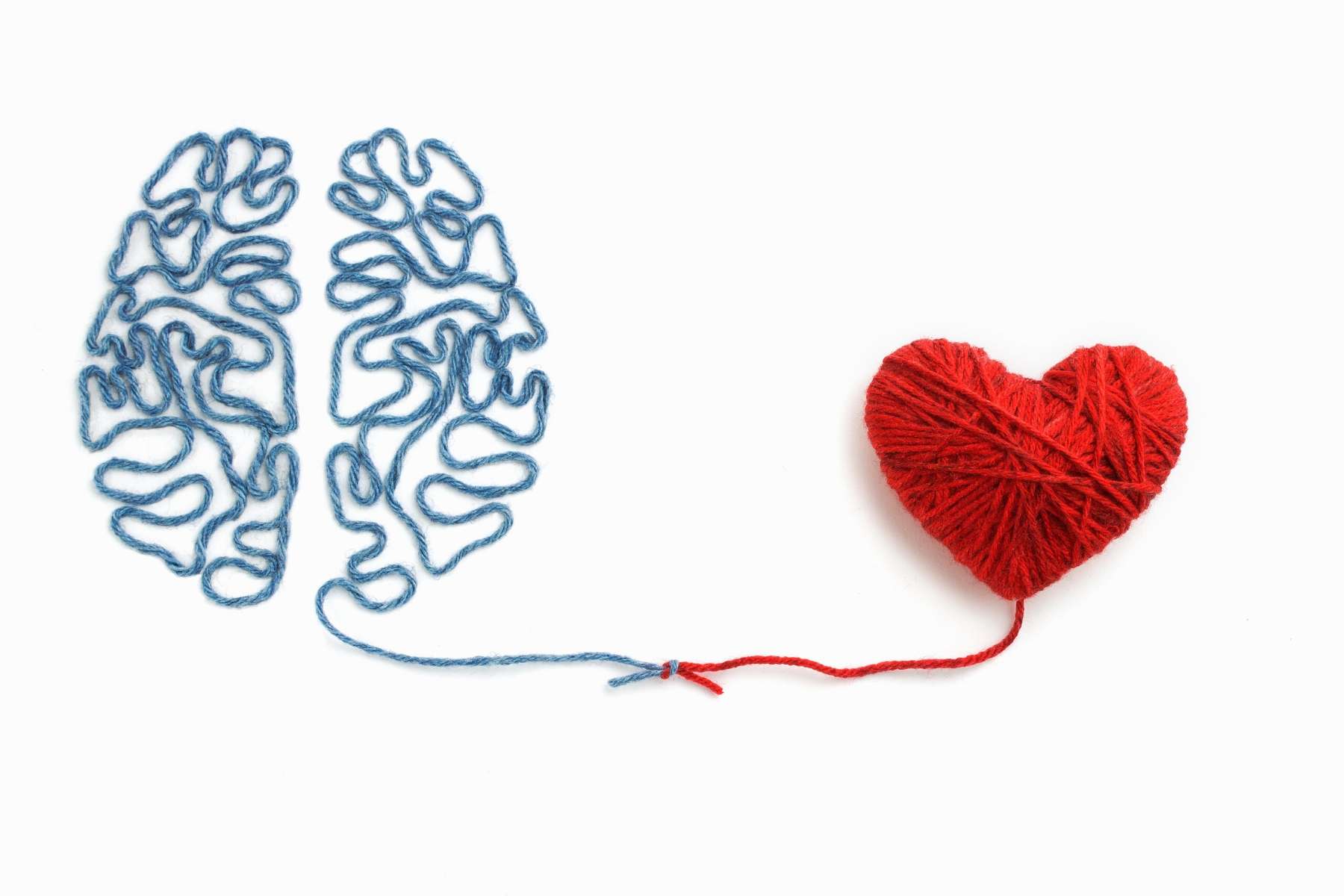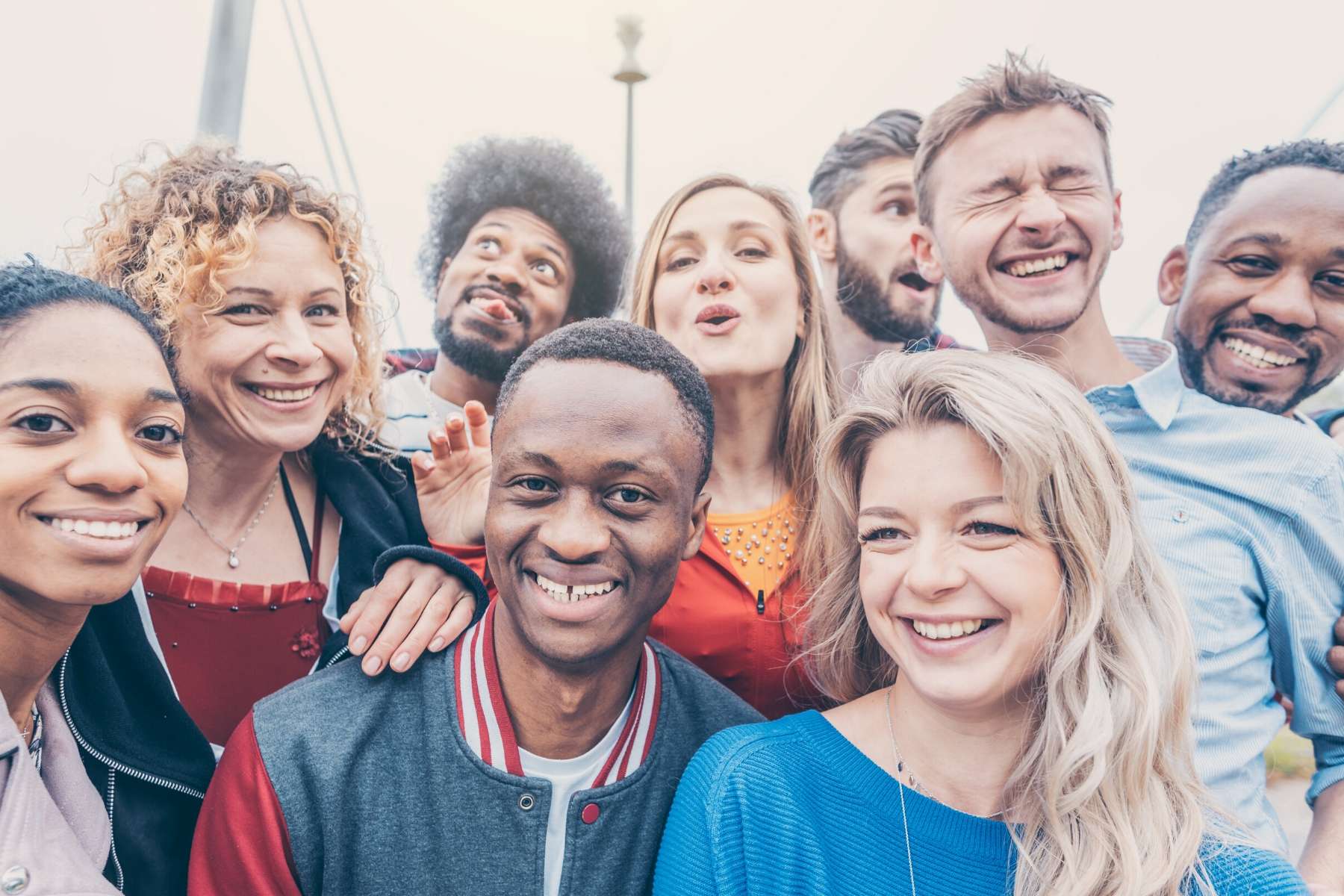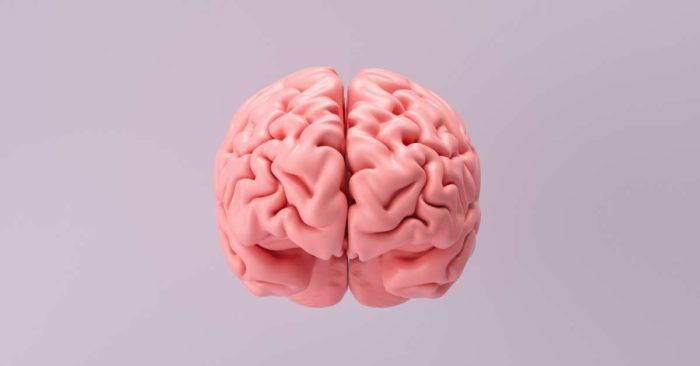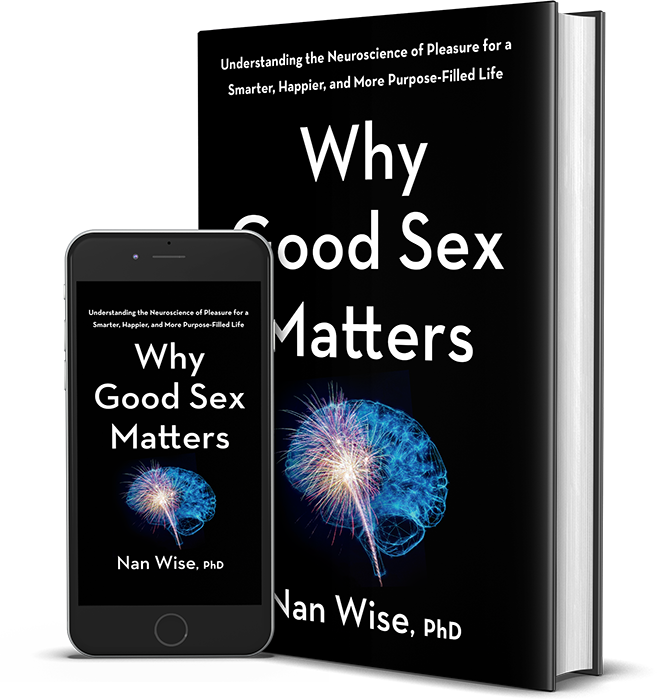First, We Need To Learn About Learning And Memory
The first step in learning any kind of material is understanding how the brain/mind works. I write extensively about this in my book, Why Good Sex Matters. Here is a crash course on how the brain/mind works for the purpose of understanding how we can learn how to learn more anti-racist attitudes and beliefs that will empower our culture’s healing.
The Distinction Between Short Term And Long-Term Memory
Short-term memory is more accurately called “working memory.” It is the conscious window through which we experience the world and navigate our daily lives. It’s a constantly rebooting 15-20 second platform through which we observe what is happening around us. We use a feature of working memory, called the “central executive” to decide if we need to pull something out of long-term memory. We can use another part to rehearse a phone number, and still another part to temporarily hold information about how things look.
Bottom line: What isn’t converted to long term memory is lost in a very short period of time.
Long-Term Memory Is A Whole Different Process

These memories can last from hours to years to an entire lifetime.
We need to understand the critical role emotions play in how short-term memories get converted to long-term memories. But to do so, we need to understand the three levels of the brain/ mind.
Top brain/mind
The top of the brain/mind is essentially where our working memory lives. It is the evolutionarily newest “smart brain”- the neocortex. We human beings have tons of it. It houses what we are consciously aware of. For example, this is where we experience our “explicit” attitudes or beliefs. At the top of our minds, we can say,” I am not bigoted. I believe all people are equal”. And that is indeed the truth at the top of our minds. But the story is way more complicated. The top mind gets tons of influence from other levels of our brain/mind of which we are not consciously aware of. Most of what goes on in our mind is indeed “under the hood” of our conscious awareness.
Just trying to think ourselves out of bigotry at the top of the mind is not all that effective as we shall see. It requires understanding how the other levels of mind contribute to our implicit attitudes.
Bottom brain/mind
In the very basement of the brain/mind is our evolutionarily older equipment, which we share with other mammals. This is the source of the core “emotional instinct” brain circuits that are wired-in for our survival. We know about these core emotions from brain studies. When these circuits get experimentally stimulated, they create the emotional reactions that nature equipped us to defend and protect ourselves, as well as to seek connections with others so we can survive and thrive. The emotional instincts show up in our body sensations and visceral experiences.
The FEAR system helps us avoid danger. The RAGE system helps us defend ourselves. The PANIC system gets triggered when we get disconnected from our sources of support.
The other systems move us toward connections.

The CARE system (powered by our own internally produced opioids) is the source of the warm and fuzzy life-sustaining feelings that we experience through our relationships. The PLAY system helps kids learn about the world through exploration, and in adults creates resilience and social joy. The LUST system is our urge to merge. And the one wired-in system that works with all of the systems is the SEEKING system, powered by dopamine, which is the source of our enthusiasm and motivation to go out into the world and get our needs met.
And for the record, the tone of these emotional systems varies from person to person. By nature, and reinforced by experience some people are more FEARful or RAGEful or PANICky, or CAREing, or PLAYful, or LUSTful, or prone to SEEKING. The tone of these systems helps form our personalities.
Mid-level automatic learning brain/mind
A big player in the learning process is the midlevel mind which makes connections between experiences and emotions. We tend to pay close attention to things that are associated with either very positive or very negative emotions as that gives us important information. Experiences that are associated with positive feelings need to be recalled for survival–e.g., a place that has tons of yummy food becomes associated with good feelings and we learn that connection. And likewise, a place that has been associated with pain feels bad and we learn to avoid it for survival and wellbeing. We don’t even need to consciously remember the connection to be influenced by these learned associations; we automatically feel like approaching pleasure places and avoiding pain places. These associations became so ingrained that they become habits. And indeed, it is useful as the brain/mind to be a habit making machine. If we weren’t able to easily create habits, it would take us forever just to get out of the house in the morning. Habits make life work better most of the time. But when it comes to some emotional habits, such as implicit biases, they can be stubbornly affixed and not always so helpful
The mid level brain/mind is where we learn the implicit “unconscious” biases. We can learn for example to associate ingroup people (people who look like us) with more comfort and ease and to make associations with outgroup folks (people who look different) with more discomfort or fear. And think back to what we discussed regarding people having different temperaments at the bottom of the brain. People who are more FEARful or RAGEful might make these biased connections a bit more strongly or easily than those with less defensively wired emotional brains.
Back To How Emotions Play A Big Role In Memory
As we have seen, what gets transferred from short-term to long-term memory is largely influenced by our emotions. Things that we experience as really good or really bad get our attention and are more likely to make it to the more long-lasting long-term memory. Thus, we need to pay close attention to our embodied emotions in order to make changes to our implicit biases. Our bodies react subtly to reveal our emotional triggers which can give us good information to work with to help us learn new more positive connections.
And for the record, most of us have been impacted by a culture of white privilege that has conditioned us to the implicit biases of whiteness as the “norm.” So, while at the top of the brain/mind we experience ourselves as non-racist, our mid level brain/minds with our conditioned learning can be deeply ingrained toward unconsciously biased attitudes that need to be updated.
It is not about unlearning our old habits. It is all about new learning
If we want to change our attitudes to become more anti-racist, we’re not going to unlearn habits. What works, in general, more effectively is focusing on learning newer, more positive, and more powerful associations such that the old biases become extinct.
What we need to do is learn new positive associations between people who are not like us and our emotions. In other words, promoting a feeling of well-being about learning these new things will help us begin the process of creating new and long-lasting shifts in our implicit beliefs and attitudes.
By being aware that we’ve been enculturated in the mid level mind with the attitudes of white privilege so automatically that it has become like the wallpaper we don’t even notice, we can monitor ourselves for implicit biases. Noticing this can help us make changes in the way that we think about and respond to things like racial prejudice.
Educate ourselves by stoking our emotional systems of SEEKING, CARE, and PLAY
By getting curious (fostering our SEEKING system to seek solutions) and be caring of ourselves (lose self-blame and judgment) and more caring of others, we can become more playful and creative in SEEKing solutions. This also lets us cultivate our huge capacity for empathy.
Then we get to do the work.

Becoming an anti-racist is both a personal and collective journey. There are some wonderful resources for helping us start by working on ourselves and then branching off to making a difference in the biggest of pictures.
We need to stay focused on the actual issues and the questions about how we can be helpful. How can we heal as a nation? How can we combat our systematic racism? How can we make sure that people get access to the health care they need? How can we team up to make the quality of life good for all?




